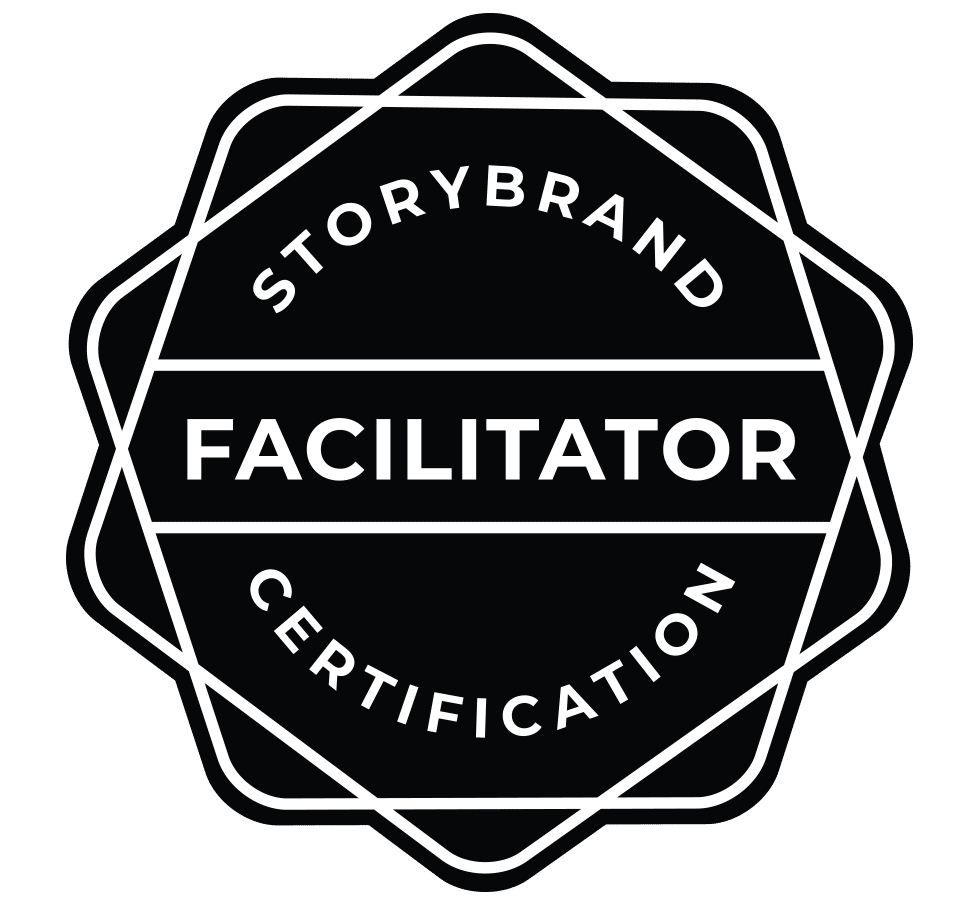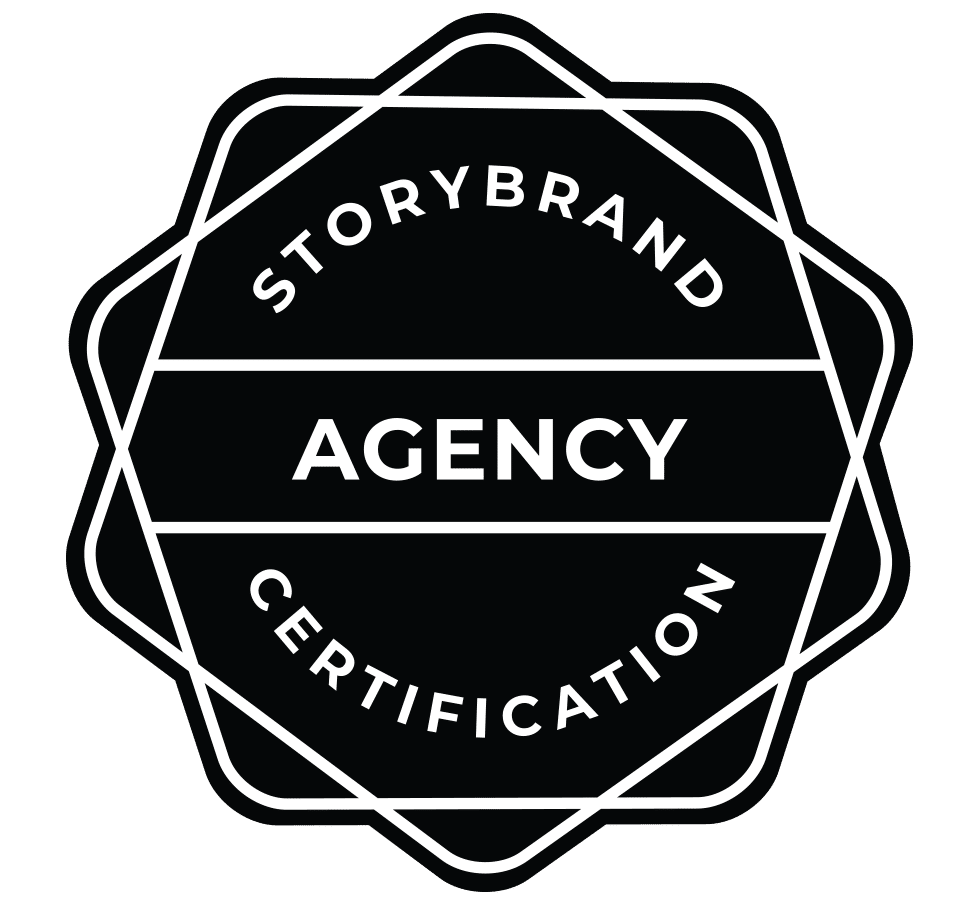Your website serves as the central hub for all of your other digital marketing campaigns. This is where you can truly showcase your products or services to the world and build a conversion-driving presence online.
Keeping this in mind, the design of the website matters as much as its content and functionality. To remain competitive in your industry and to best serve your target audience, redesigning your current site may be necessary.
With the right website redesign strategy, you can create a powerful web presence that stands out from your competition and encourages users to take action. However, it’s important to understand all of the components involved in a successful web redesign — from layout and content optimization through user experience (UX) principles — in order to put together an effective plan that will move your business forward.
Today, we’ll examine 8 critical pillars of an effective website redesign strategy so you can create the perfect design for your business needs. Let’s start with examining your site in its current state.
1: A clear understanding of your current website’s strengths and weaknesses.
Before you begin the redesign process, it’s essential that you take the time to evaluate your current website. What elements are working well and driving conversions? Conversely, what elements are causing users to bounce?
Once you have a clear understanding of your website’s strengths and weaknesses, you can begin to focus on how to improve the areas that need attention. You can also review competitors’ websites to see if they have any content or usability features that your site currently lacks that you could add during the redesign process.
2: A well-defined goal for your redesign.
What do you hope to achieve with your redesign? Are you looking to increase traffic, drive more sales, or improve customer satisfaction? It is important to have a clear goal in mind from the start so that you can measure the success of your redesign once it is complete.
Additionally, take the time to determine what existing problems with your current website a redesigned version will be built to solve. Are you not receiving all of your contact form fills, for example? This could be a critical error that needs to be addressed much sooner than later.
3: A detailed plan of action.
Once you have identified your goal, it is time to start planning the details of your redesign. Who will be responsible for each task? What size budget do you have to work with? When do you hope to have the redesign completed?
When you have a timeline and a clear process in place, this helps to hold each person accountable that will be working on your redesign. You can approach the launch date for the new site with the confidence that it will be ready when you expect it to be.
4: A focus on user experience (UX).
Your website should be designed with your users in mind. What needs do they have that your website can address? How can you make their experience on your site as seamless and enjoyable as possible? Keep UX at the forefront of your mind throughout the redesign process so that you can create a site that meets the needs of your users.
Some examples of excellent UX design can include:
- A simple, easy-to-navigate menu
- Responsive, mobile-friendly design
- A balanced use of colors that are easy on the eyes
- Large buttons that can take users to the most important pages on your site
Ultimately, the content management system (CMS) that your website is built on will determine how far you can take your website redesign. Depending on your current CMS and its capabilities, your business may benefit from moving to a new one that can be further customized to best meet your goals.
5: A commitment to ongoing optimization.
Your work is not done once your redesigned website goes live. In order to continue driving results, you must commit to ongoing optimization. This includes regularly testing new elements on your site and making changes based on user feedback.
No website performs at its best when you apply a “set it and forget it” mindset. If you are ignoring important updates to your content and technical features on the backend, this can quickly put your web presence at a competitive disadvantage.
6: Easy-to-navigate pages.
All of the pages on your website should be easy to navigate. Visitors should be able to find what they are looking for without difficulty. Your pages should also be organized in a way that makes sense and is easy to follow. Use clear and concise headers and subheaders to guide visitors through your content.
7: High-quality content.
The content on your website should be well-written, accurate, and informative. It should be relevant to your business and provide value to your visitors. All of your content should also be optimized for search engines so that potential customers can easily find it when they are conducting online searches.
As you’re adding new content to your site, be sure to update both your blog and other informational pages. Focus on pieces that are beneficial to your ideal customers rather than simply promoting your own business. Search engines like Google prioritize pieces that provide genuinely helpful content that someone can draw value from, whether or not they engage further with your brand.
8: Built for SEO performance.
You’ve invested time, money, and effort into redesigning your website. People should see it!
Search engine optimization (SEO) incorporates multiple tactics to position your website to rank as highly as possible for organic search results. From writing quality content with high-opportunity keywords to optimizing the site’s technical elements, your site should be built to dominate the results pages.
Redesign Your Website Into Something More
At Business Builders, we partner with businesses like yours to create dynamic, high-impact websites that perform. With over 20 years of driving results for our clients, we’re confident that we can do the same for you to help you elevate your marketing.
To take the first step for redesigning your website, contact us today.









